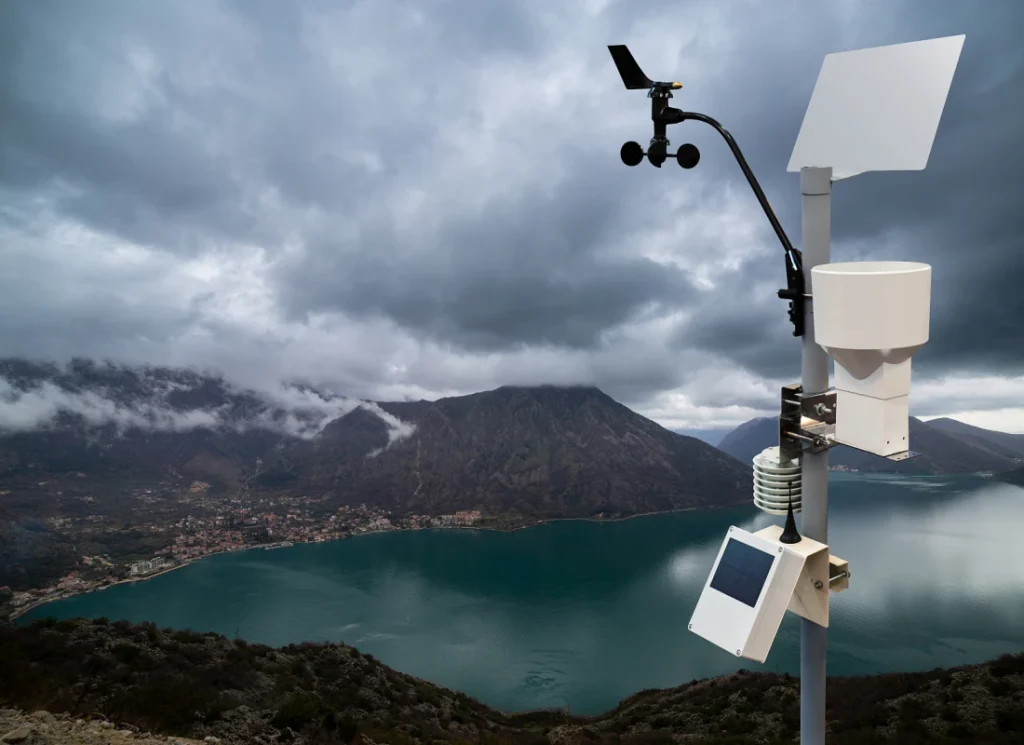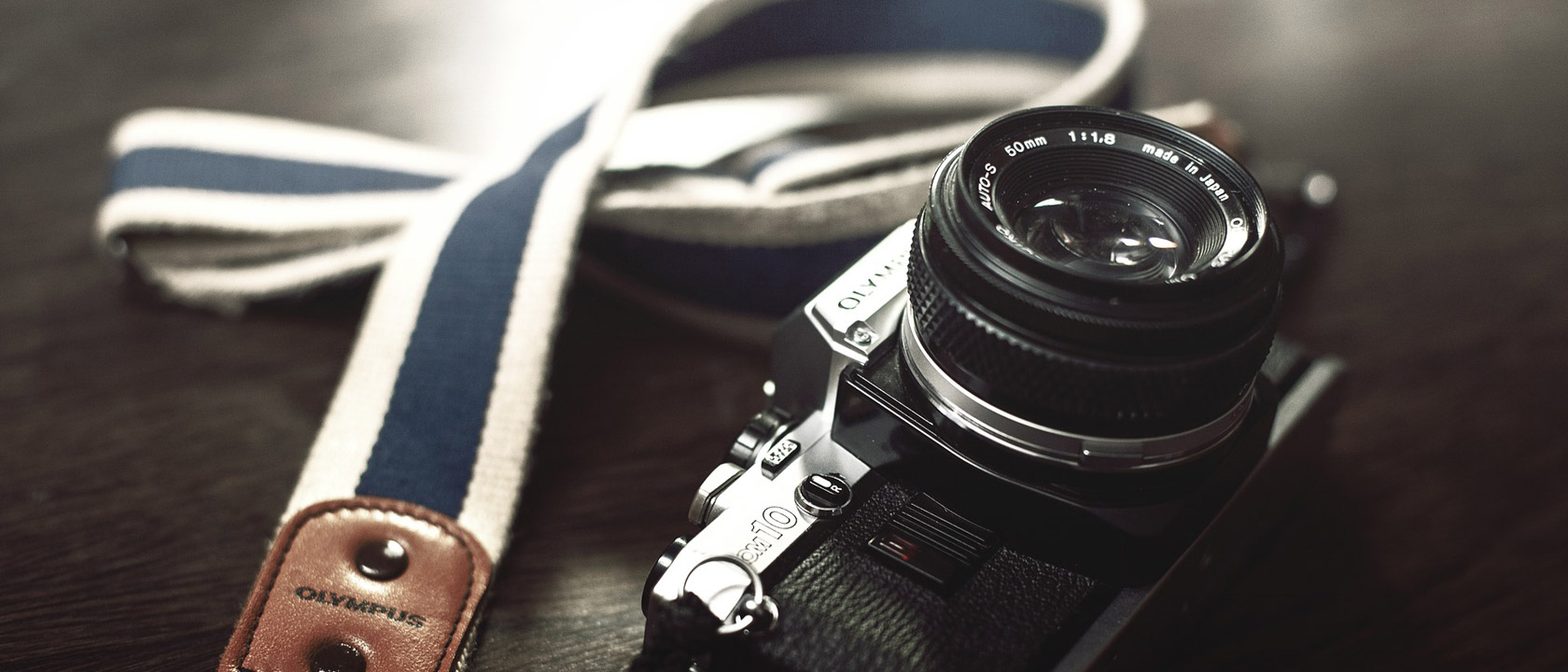
# Rainfall Sensor: Measuring Precipitation with Precision
## Understanding Rainfall Sensors
Rainfall sensors are specialized devices designed to measure the amount of liquid precipitation that falls over a specific area during a set time period. These instruments play a crucial role in meteorology, hydrology, agriculture, and environmental monitoring by providing accurate precipitation data.
### How Rainfall Sensors Work
Modern rainfall sensors typically use one of several measurement principles:
– Tipping bucket mechanism
– Weighing gauge
– Optical or acoustic measurement
– Capacitive sensing
The most common type is the tipping bucket rain gauge, which collects precipitation in a funnel that directs water to a small seesaw-like container. When a certain amount of water accumulates, the bucket tips, sending an electrical signal that gets recorded as a specific rainfall amount.
## Applications of Rainfall Sensors
Rainfall measurement devices serve numerous important functions:
Meteorological stations rely on rainfall sensors for weather forecasting and climate studies. Hydrologists use them to monitor watersheds and predict potential flooding. Farmers utilize precipitation data to optimize irrigation schedules and crop management.
Other applications include:
– Urban planning and drainage system design
– Airport operations and aviation safety
– Construction site monitoring
– Smart city infrastructure
## Choosing the Right Rainfall Sensor
When selecting a rainfall measurement device, consider these factors:
Accuracy Requirements
Different applications demand varying levels of precision. Meteorological applications typically require higher accuracy than agricultural uses.
Maintenance Needs
Some sensors require regular cleaning and calibration, while others are designed for low-maintenance operation.
Environmental Conditions
Consider the typical weather patterns in your area, including temperature ranges and potential for freezing precipitation.
## Installation Best Practices
For optimal performance:
– Install the sensor in an open area, away from trees or buildings
– Ensure the collection surface is level
– Follow manufacturer recommendations for height above ground
– Consider adding a wind shield in windy locations
## Technological Advancements
Recent innovations in rainfall sensor technology include:
– Wireless connectivity for remote data collection
– Integration with IoT systems
– Improved materials to reduce evaporation loss
– Self-cleaning mechanisms
– Enhanced algorithms for distinguishing between rain, snow, and hail
## The Future of Precipitation Measurement
As climate patterns become more variable, the importance of accurate rainfall measurement continues to grow. Emerging technologies promise even greater precision and reliability, helping us better understand and respond to changing precipitation patterns worldwide.
Keyword: rainfall sensor
